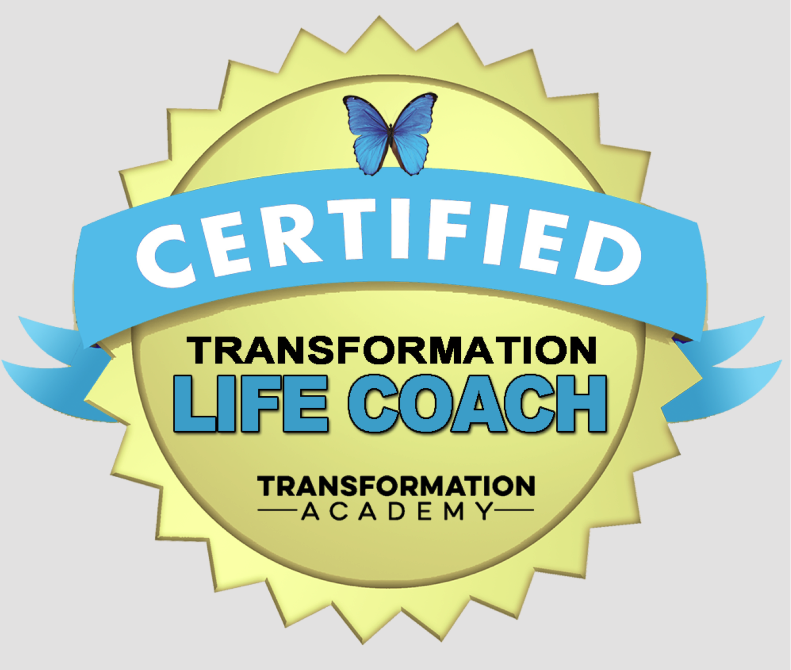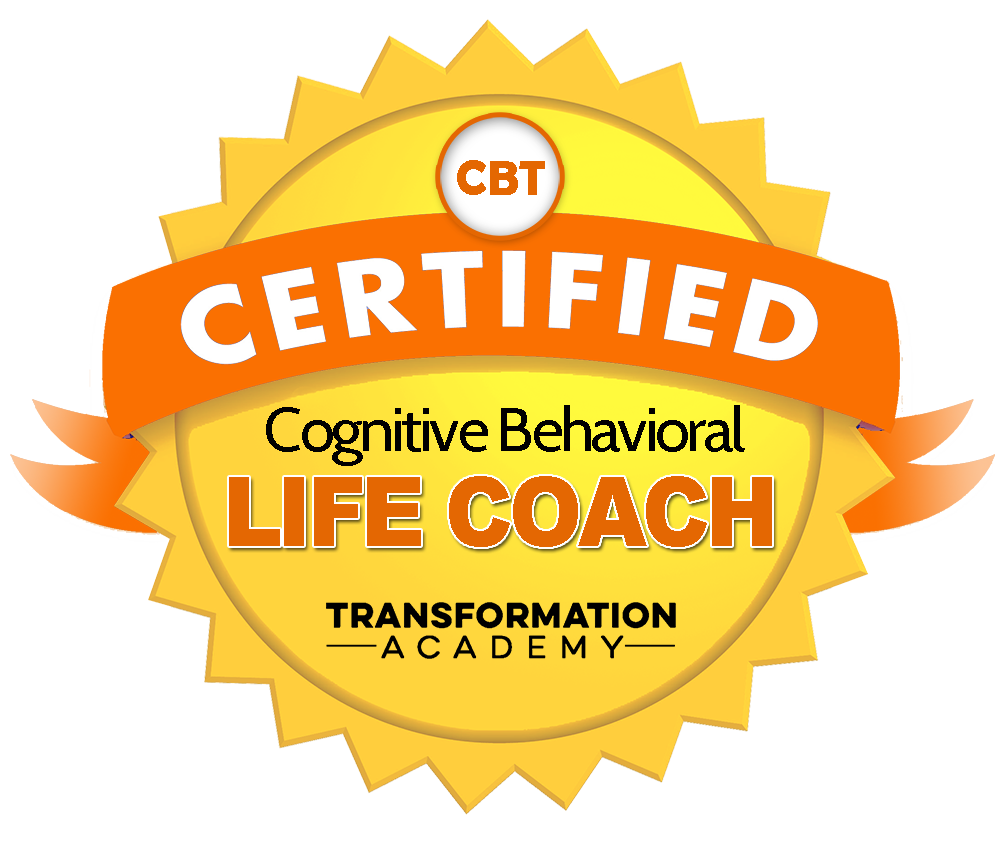Types Of Depression

Depression is a complex mental health condition that manifests in various forms, each with its own unique characteristics and challenges. From seasonal affective disorder to postpartum depression, bipolar depression, and more, recognizing the differences between these types is crucial for effective diagnosis and treatment.
The following are some very common forms of depression:
One of the major types of depression is bipolar depression (also known as manic depressive illness), is characterized by extreme mood swings ranging from euphoria (mania) to severe depression. This condition often involves periods of heightened energy and activity followed by episodes of deep despair and hopelessness.
Postpartum depression affects women after childbirth, typically within the first few weeks or months. Hormonal fluctuations, sleep deprivation, and the challenges of caring for a newborn can contribute to feelings of sadness, anxiety, and exhaustion, making it essential for new mothers to seek support and treatment.
Seasonal affective disorder (SAD) is a prevalent subtype of depression linked to changes in seasonal patterns, particularly in response to reduced sunlight exposure. Individuals with SAD may experience symptoms such as low mood, fatigue, and changes in sleep patterns, typically occurring during the fall and winter months.
Psychotic depression represents one of the most severe forms of depression, marked by hallucinations, delusions, and impaired cognitive function. Individuals with psychotic depression may experience a detachment from reality, posing significant risks to their well-being and requiring immediate intervention and professional help.
Dysthymia also known as persistent depressive disorder, is characterized by chronic, low-grade depression lasting for two years or more. While the symptoms may not be as severe as major depressive episodes, dysthymia can still significantly impact daily functioning and quality of life.
Atypical depression presents with symptoms that diverge from the typical manifestations of depression. These may include overeating, hypersomnia, sensitivity to rejection, and a pattern of mood reactivity. Individuals with atypical depression may also experience temporary improvements in mood in response to positive events.
Identifying the specific type of depression a person is experiencing is crucial for determining the most appropriate treatment approach. While medication and therapy are common treatment options for depression, the effectiveness of these interventions may vary depending on the subtype and individual circumstances.
It's essential for individuals experiencing symptoms of depression to seek professional help and engage in open communication with their healthcare providers. By discussing their concerns and symptoms openly, individuals can work collaboratively with their doctors to develop personalized treatment plans tailored to their needs.
In conclusion, depression encompasses a diverse range of experiences, each with its own set of symptoms and challenges. Whether it's seasonal affective disorder, bipolar depression, postpartum depression, or another subtype, understanding the differences between these forms is essential for accurate diagnosis and effective treatment. With proper support and intervention, individuals living with depression can find hope, healing, and improved quality of life.
Click the link below to book your free clarity call or free virtual coffee chat.
Grab a copy of our newletter by completing the form below, this will then be sent to your inbox every month.
My Affirmation For The Week
"Creativity is contagious. Pass it on."









